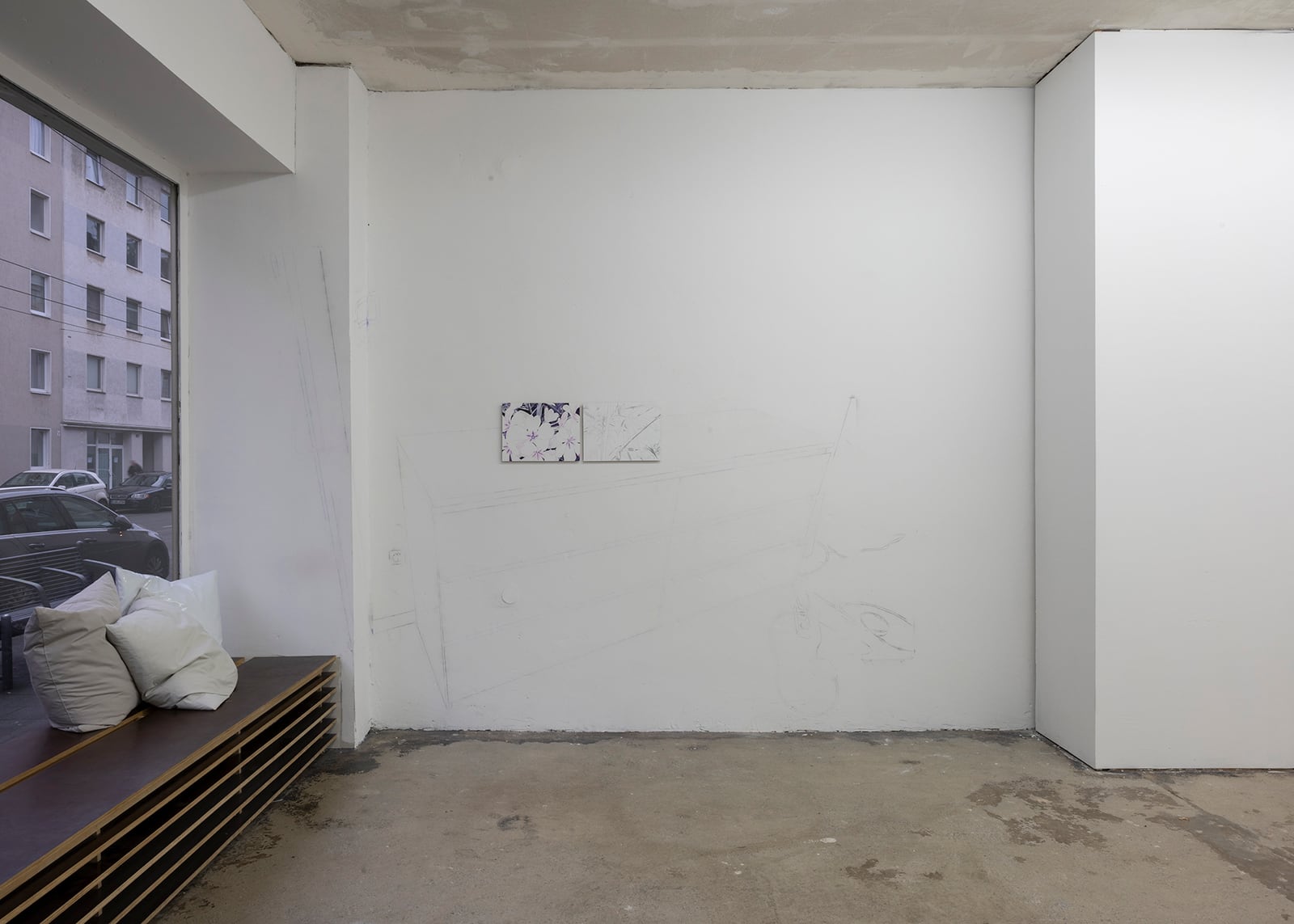 Installation view
Installation view
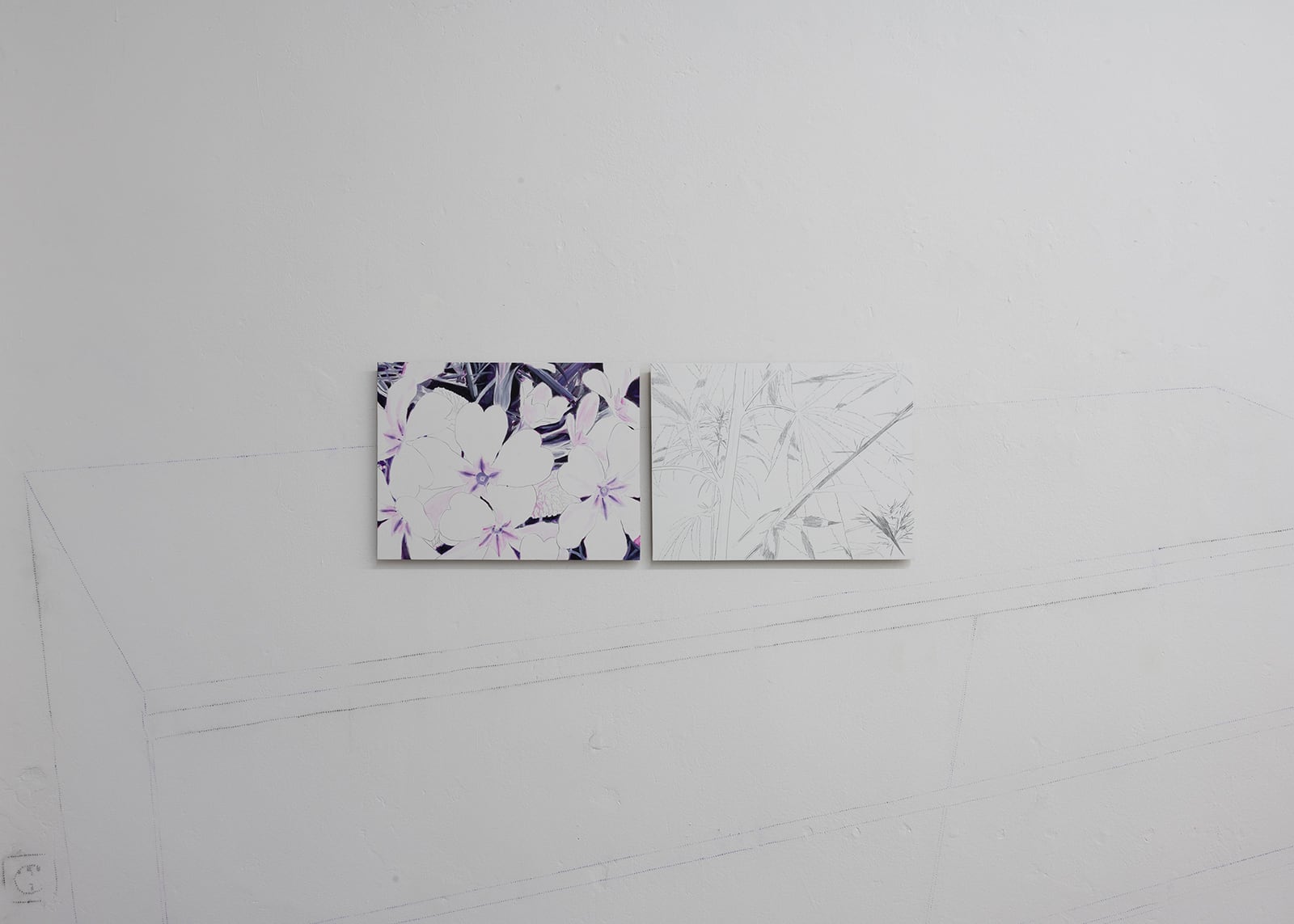 Installation view
Installation view
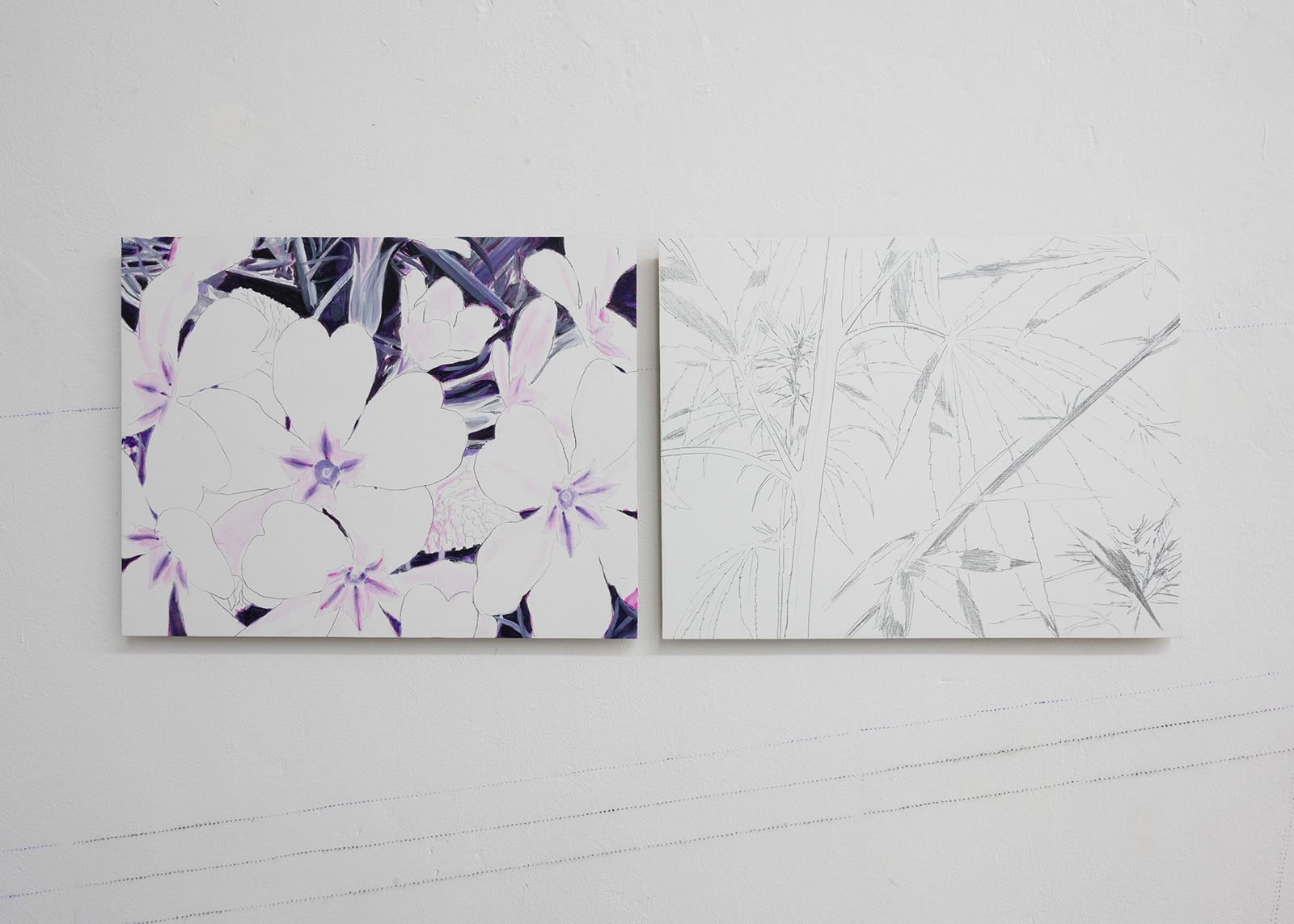 Elisa Barrera, Glance II , 2021, Pencil and oil on wooden plate 30 x 40 cm / Infestante, 2021, Pencil on wooden plate 30 x 40 cm
Elisa Barrera, Glance II , 2021, Pencil and oil on wooden plate 30 x 40 cm / Infestante, 2021, Pencil on wooden plate 30 x 40 cm
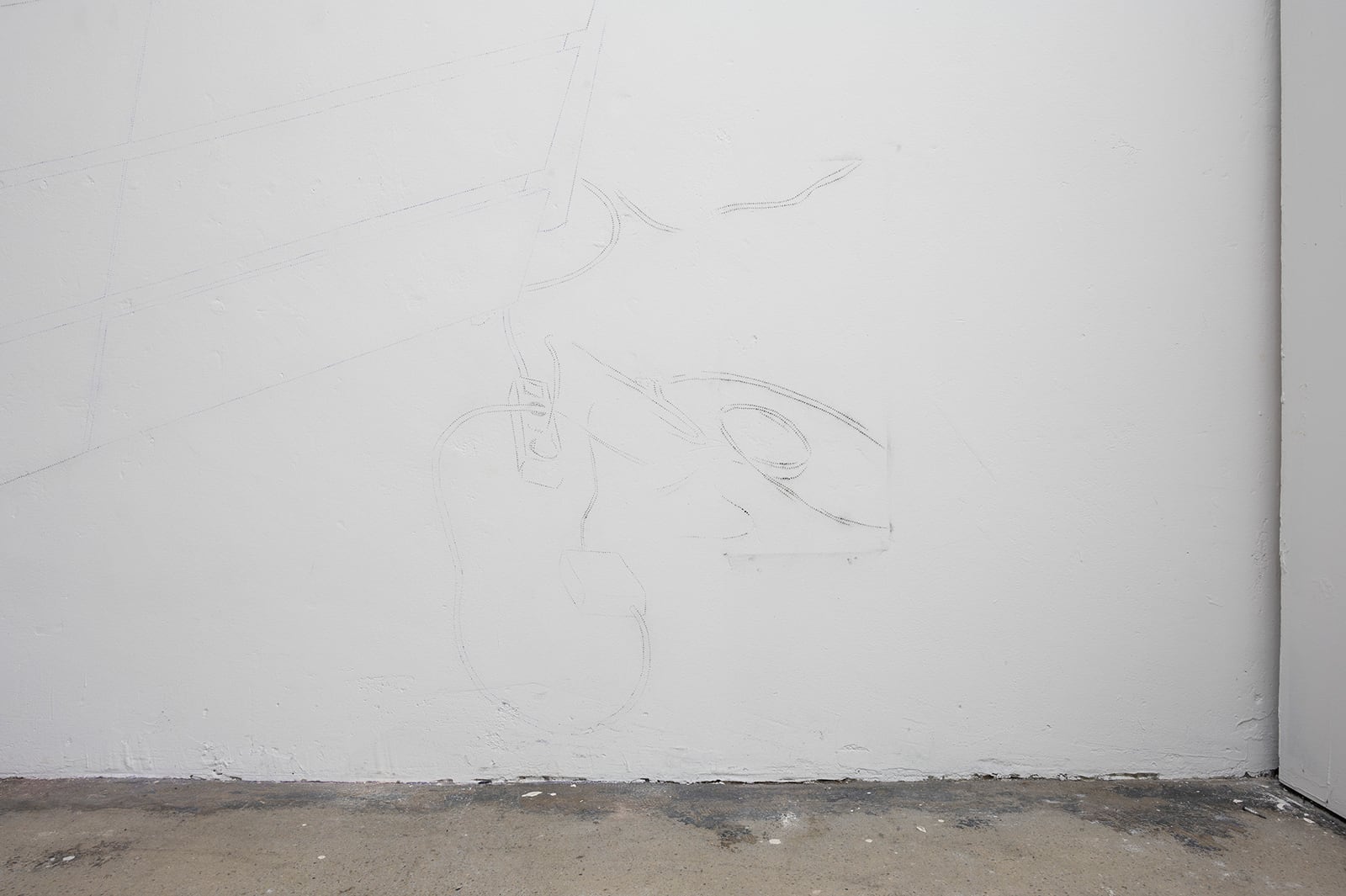 Elisa Barrera, Untitled, 2021 (detail) Coal, pigments Dimensions variable
Elisa Barrera, Untitled, 2021 (detail) Coal, pigments Dimensions variable
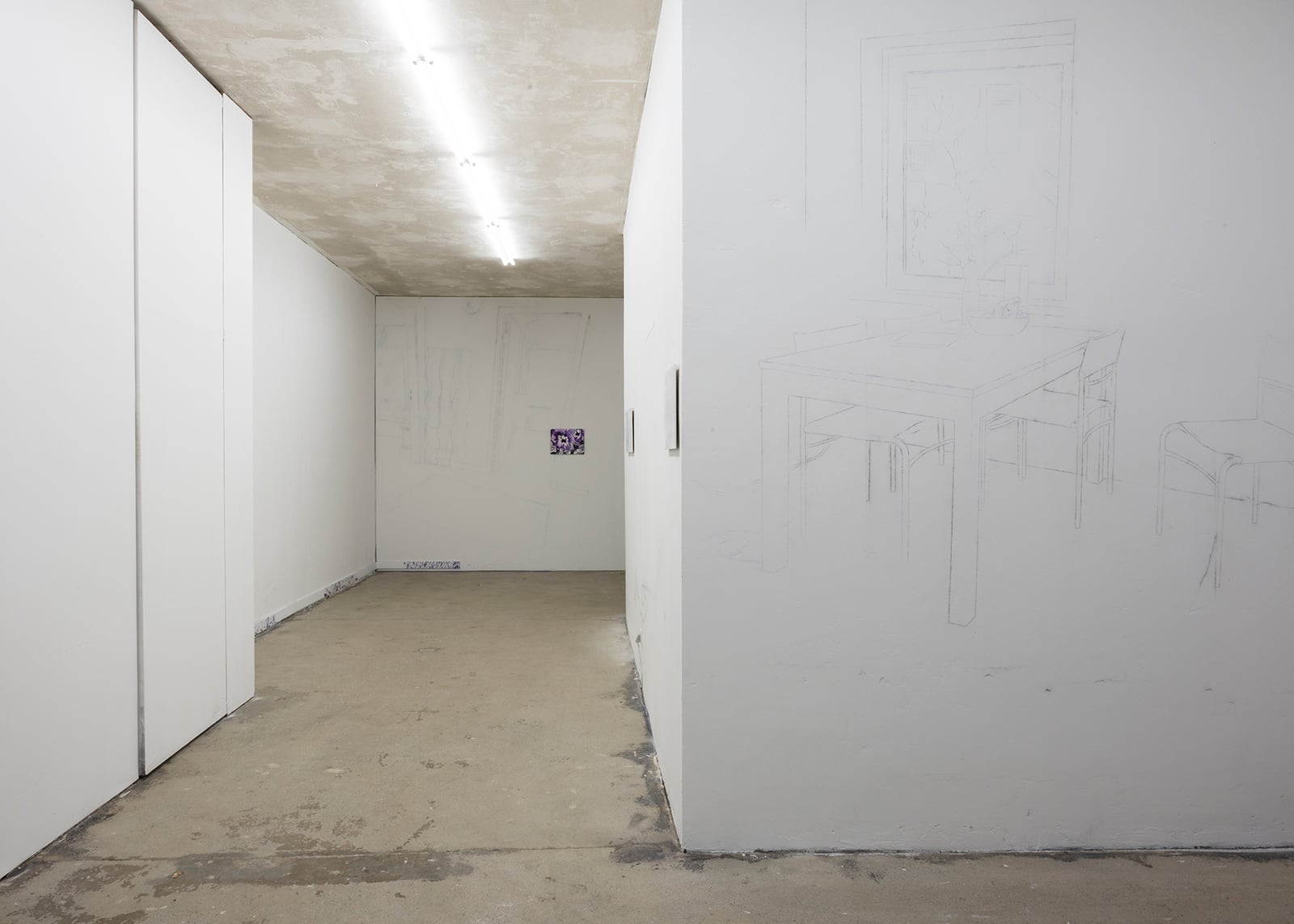 Installation view
Installation view
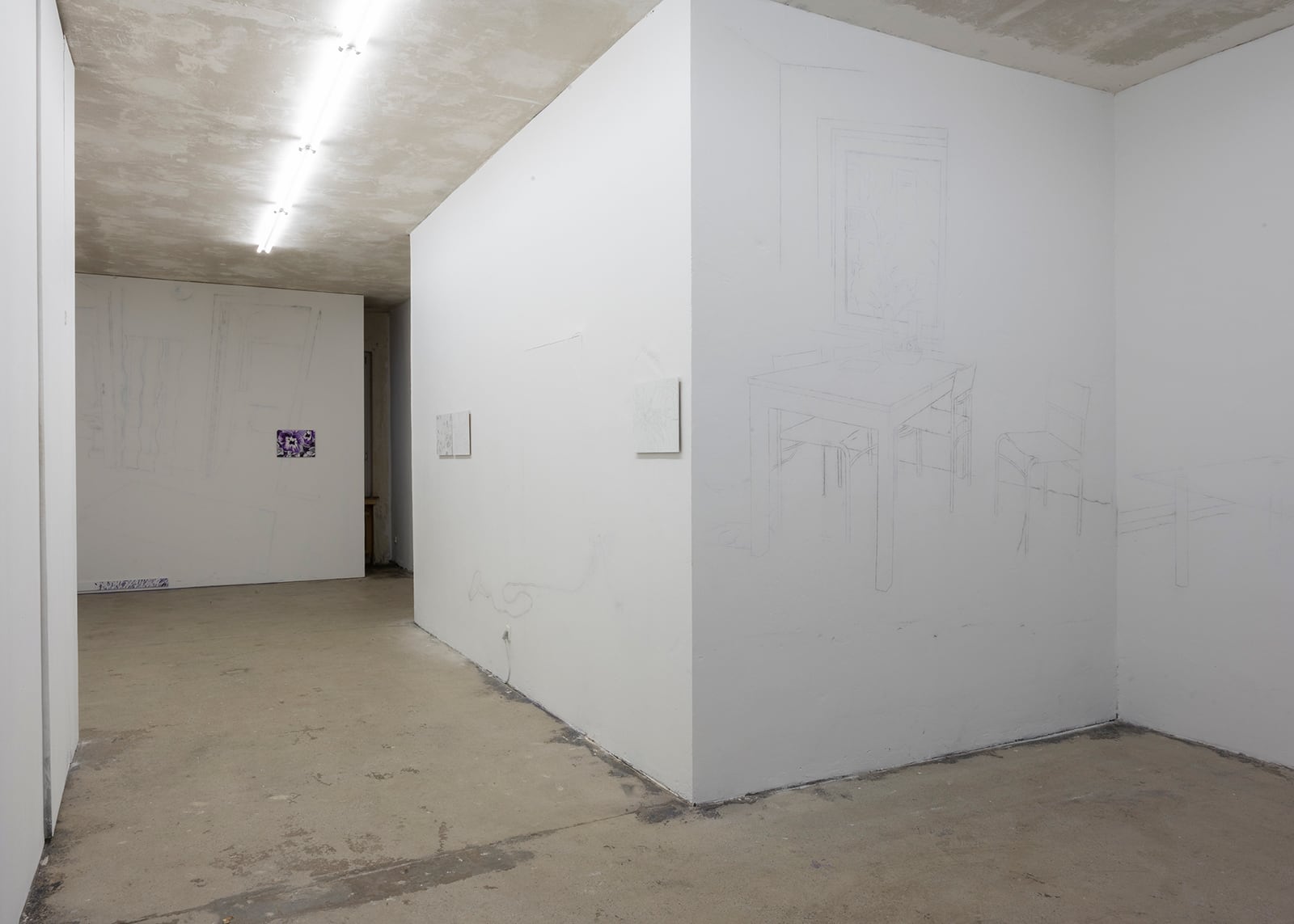 Installation view
Installation view
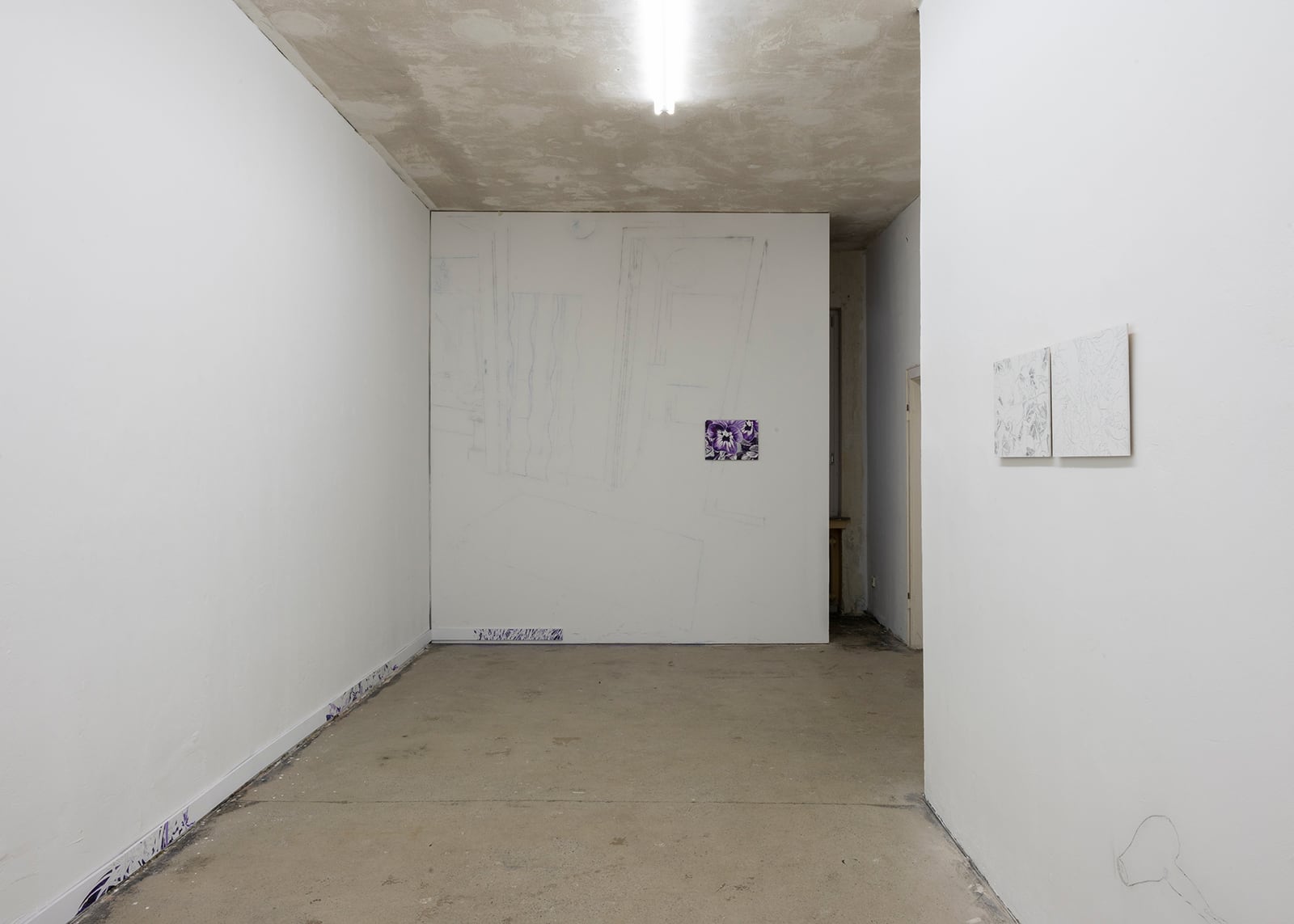 Installation view
Installation view
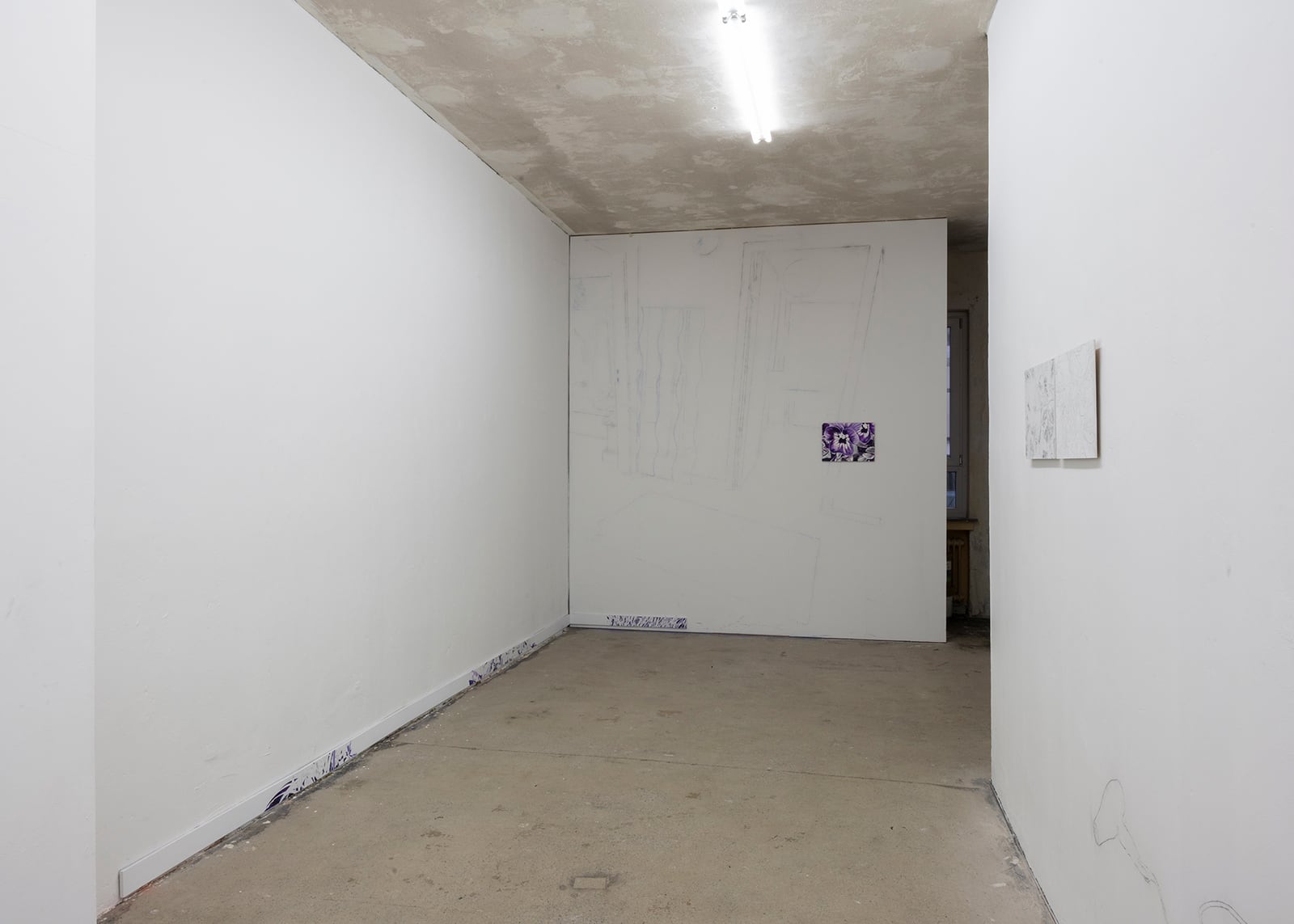 Installation view
Installation view
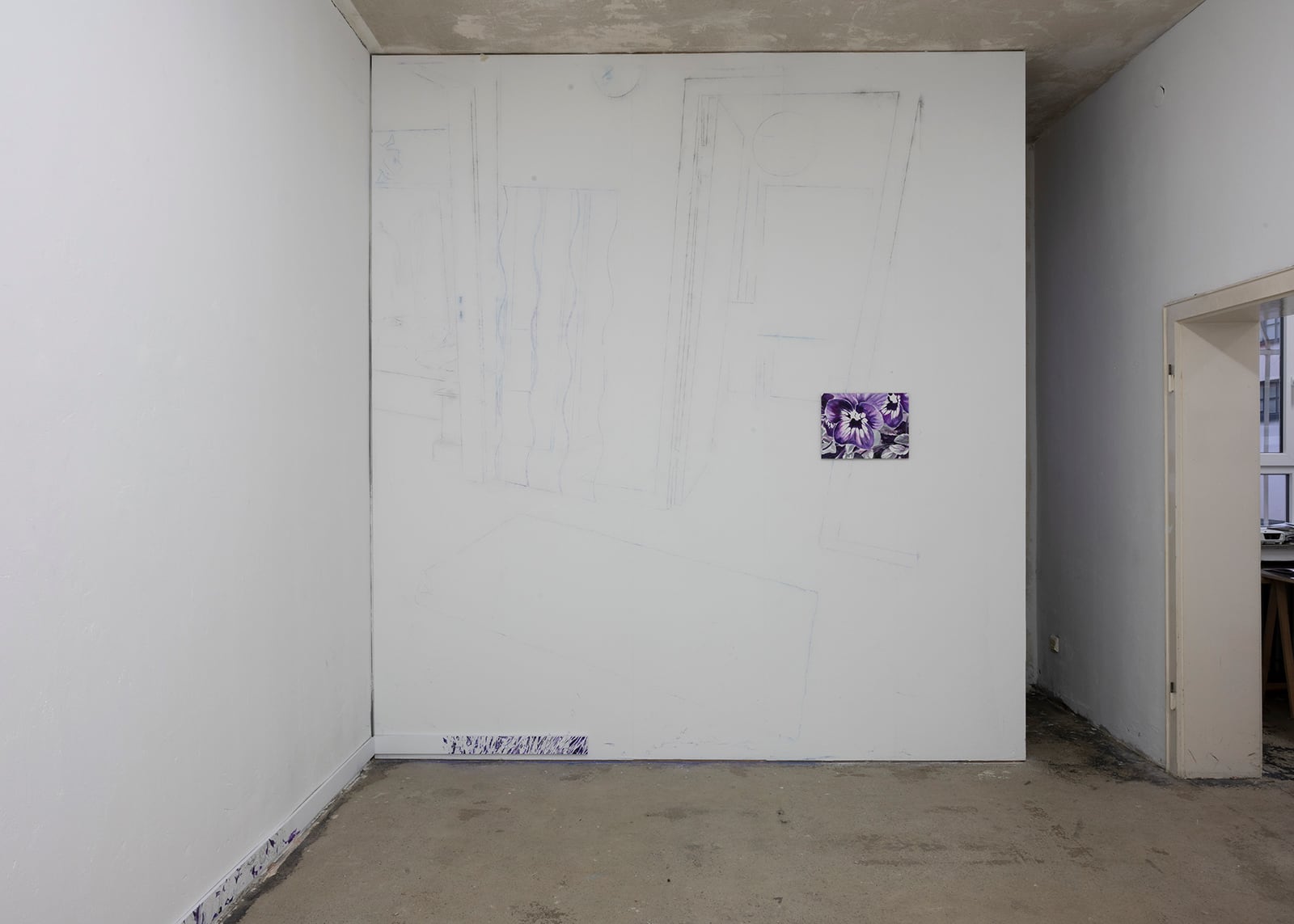 Installation view
Installation view
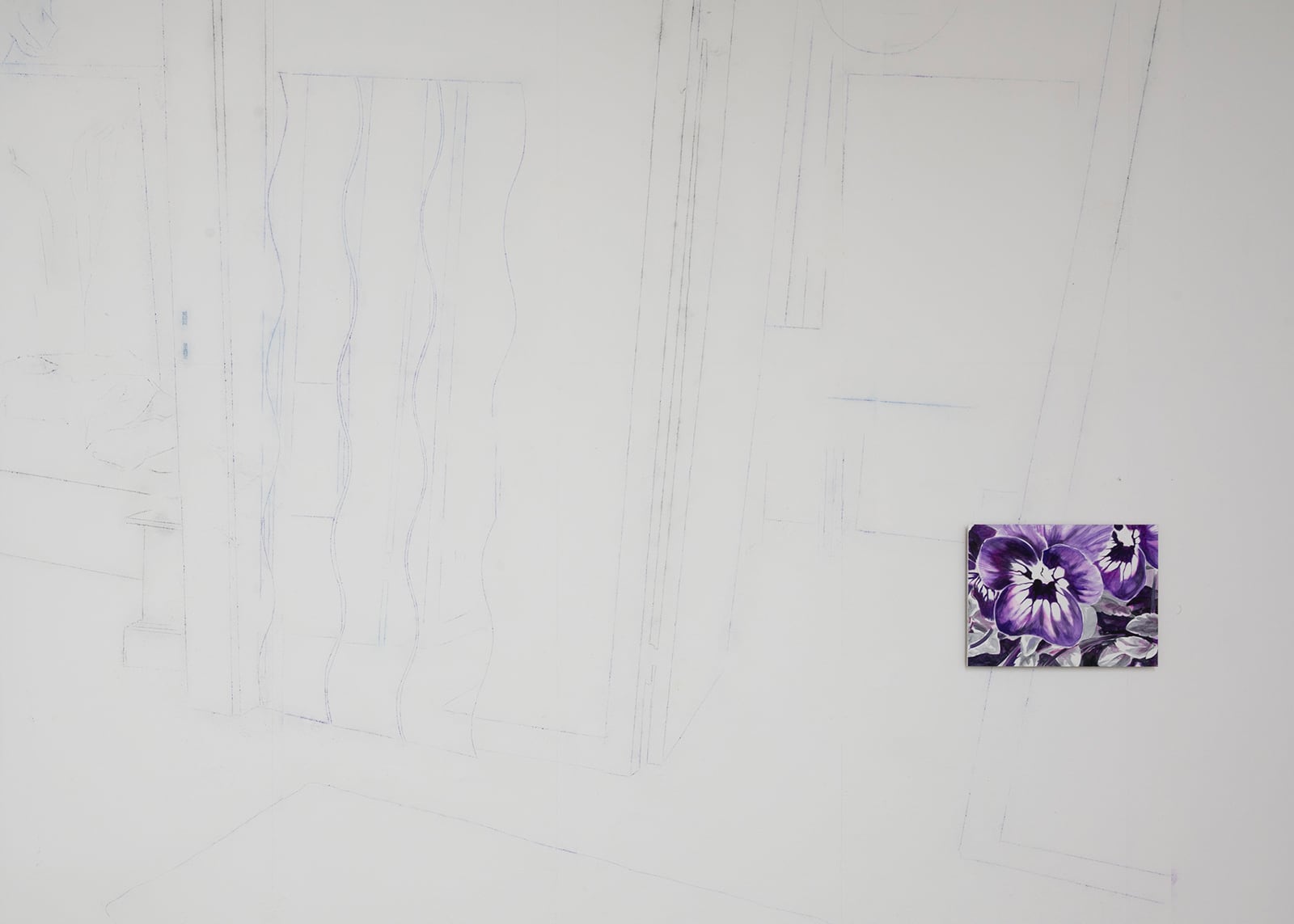 Installation view
Installation view
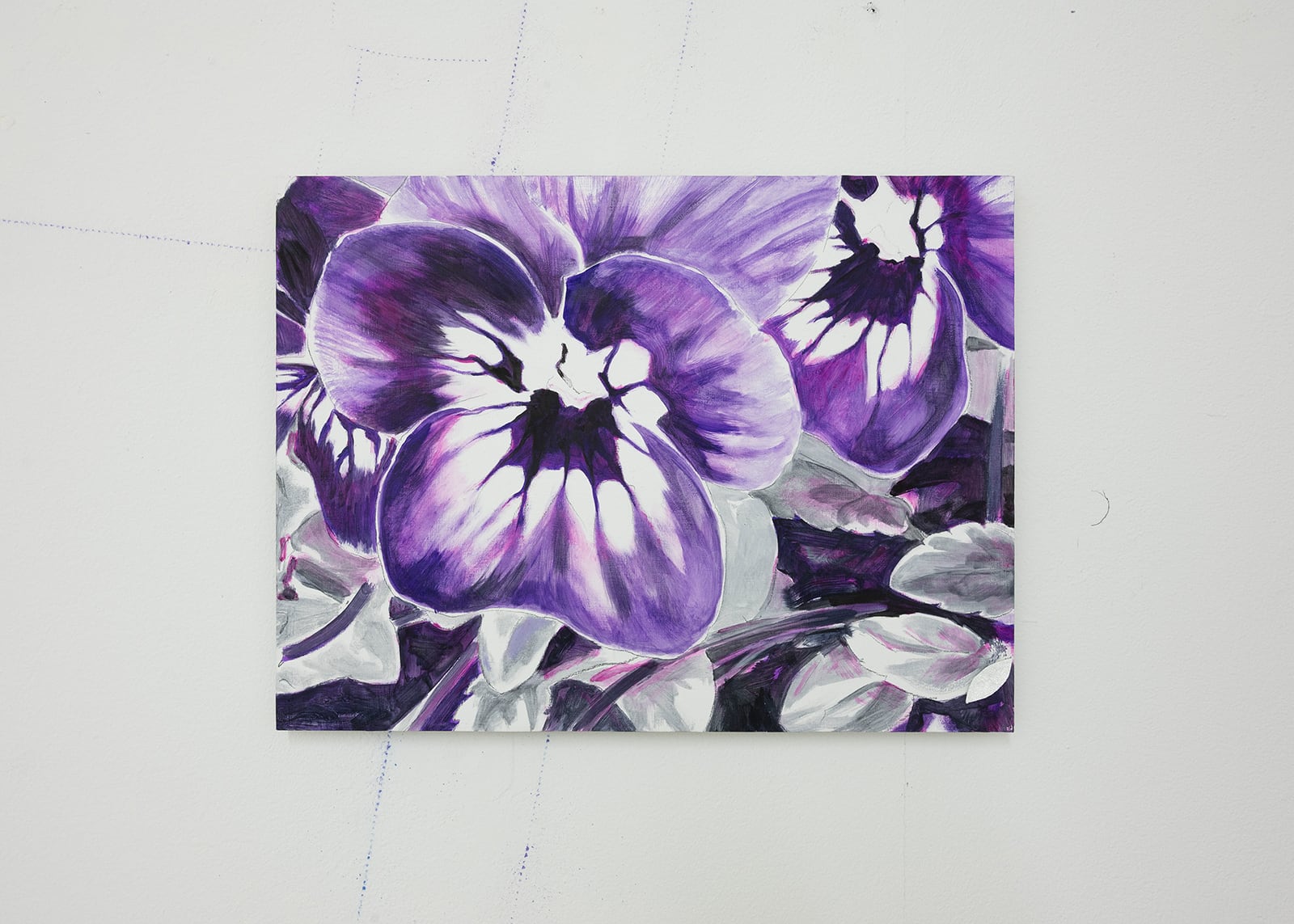 Elisa Barrera, Amica, 2021, Oil on wooden plate 30 x 40 cm
Elisa Barrera, Amica, 2021, Oil on wooden plate 30 x 40 cm
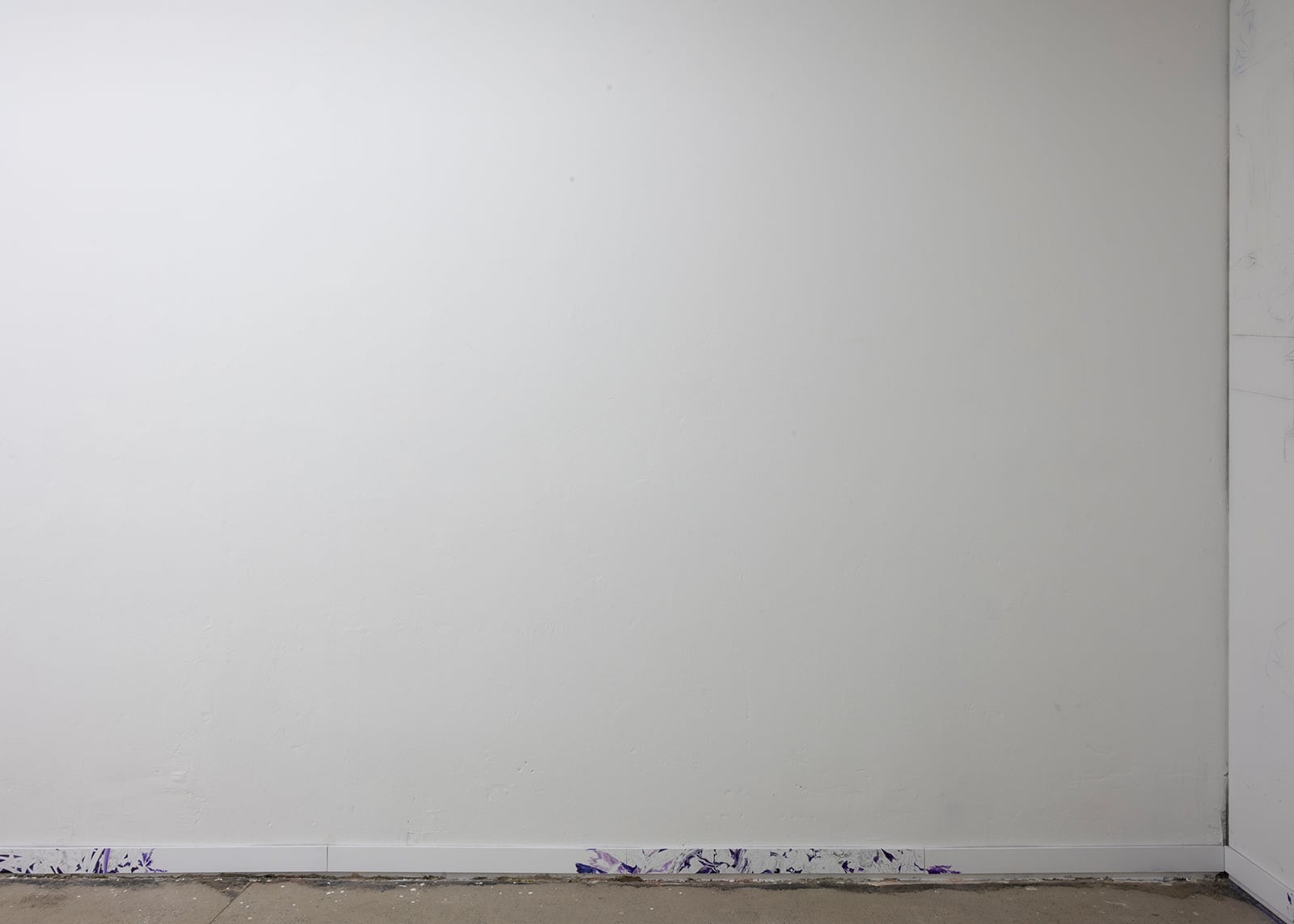 Installation view
Installation view
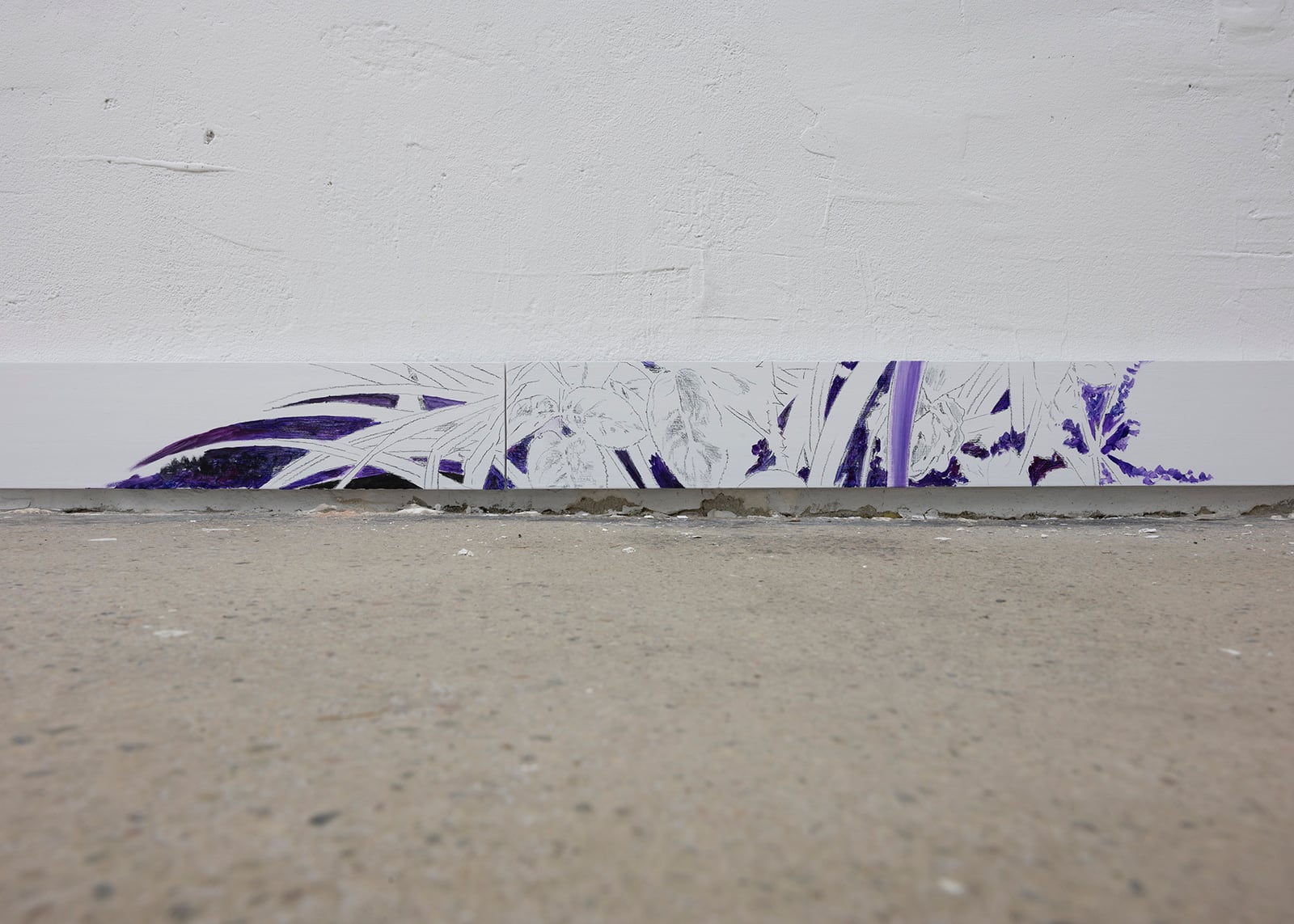 Elisa Barrera, Undergrowth, 2021 (detail) Pencil and oil on wood, 10 x 590 cm
Elisa Barrera, Undergrowth, 2021 (detail) Pencil and oil on wood, 10 x 590 cm
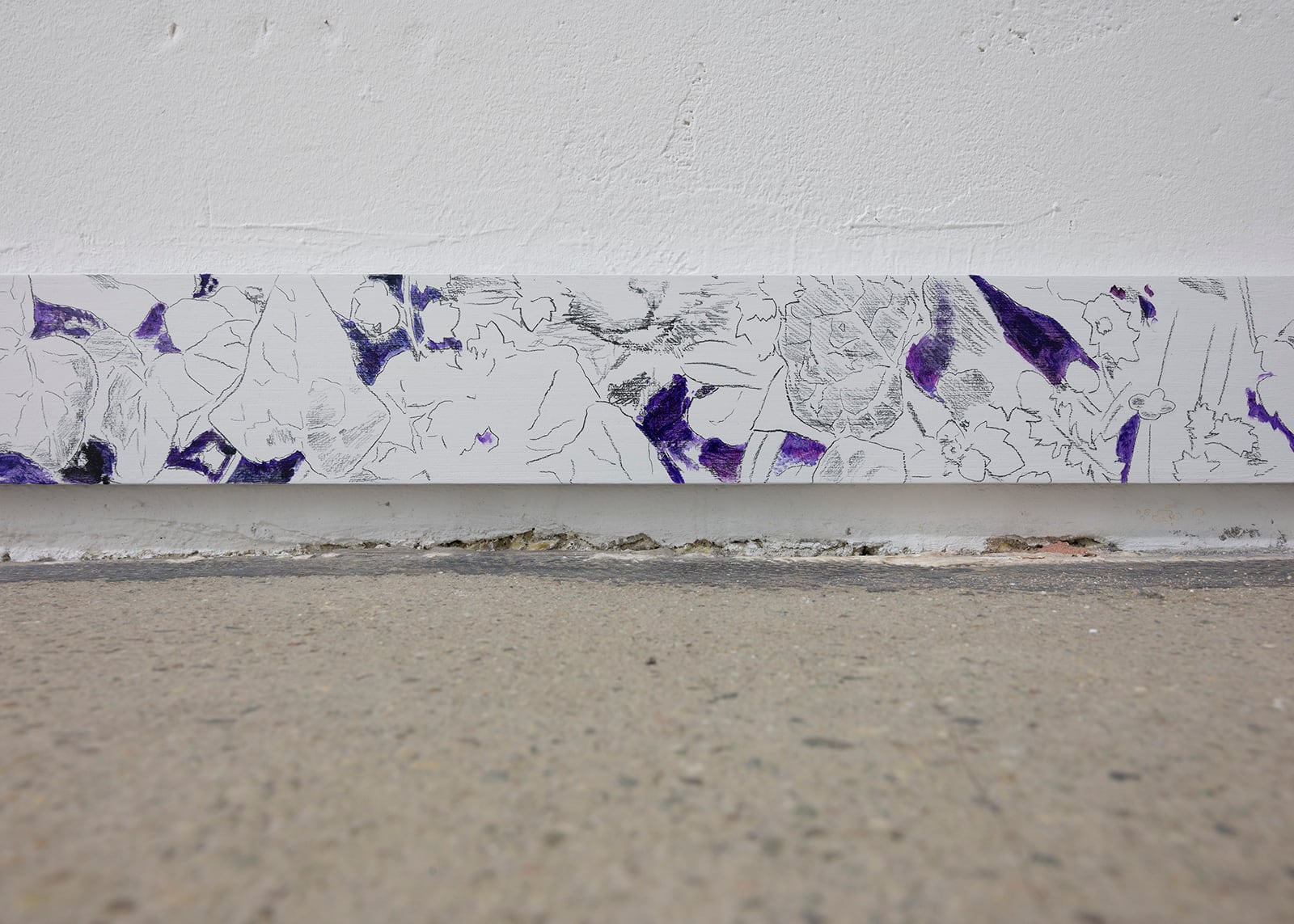 Elisa Barrera, Undergrowth, 2021 (detail) Pencil and oil on wood, 10 x 590 cm
Elisa Barrera, Undergrowth, 2021 (detail) Pencil and oil on wood, 10 x 590 cm
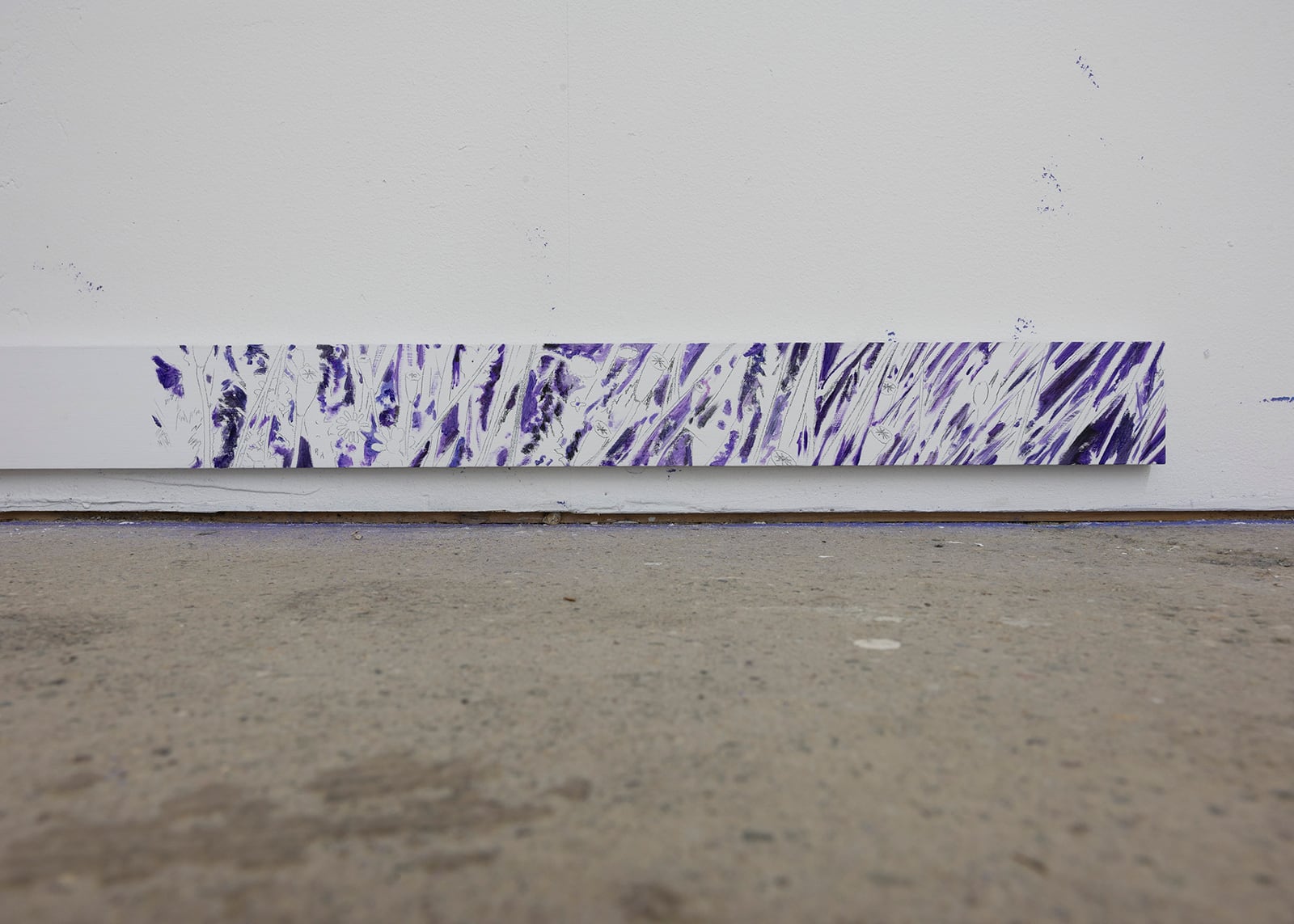 Elisa Barrera, Undergrowth, 2021 (detail) Pencil and oil on wood, 10 x 590 cm
Elisa Barrera, Undergrowth, 2021 (detail) Pencil and oil on wood, 10 x 590 cm
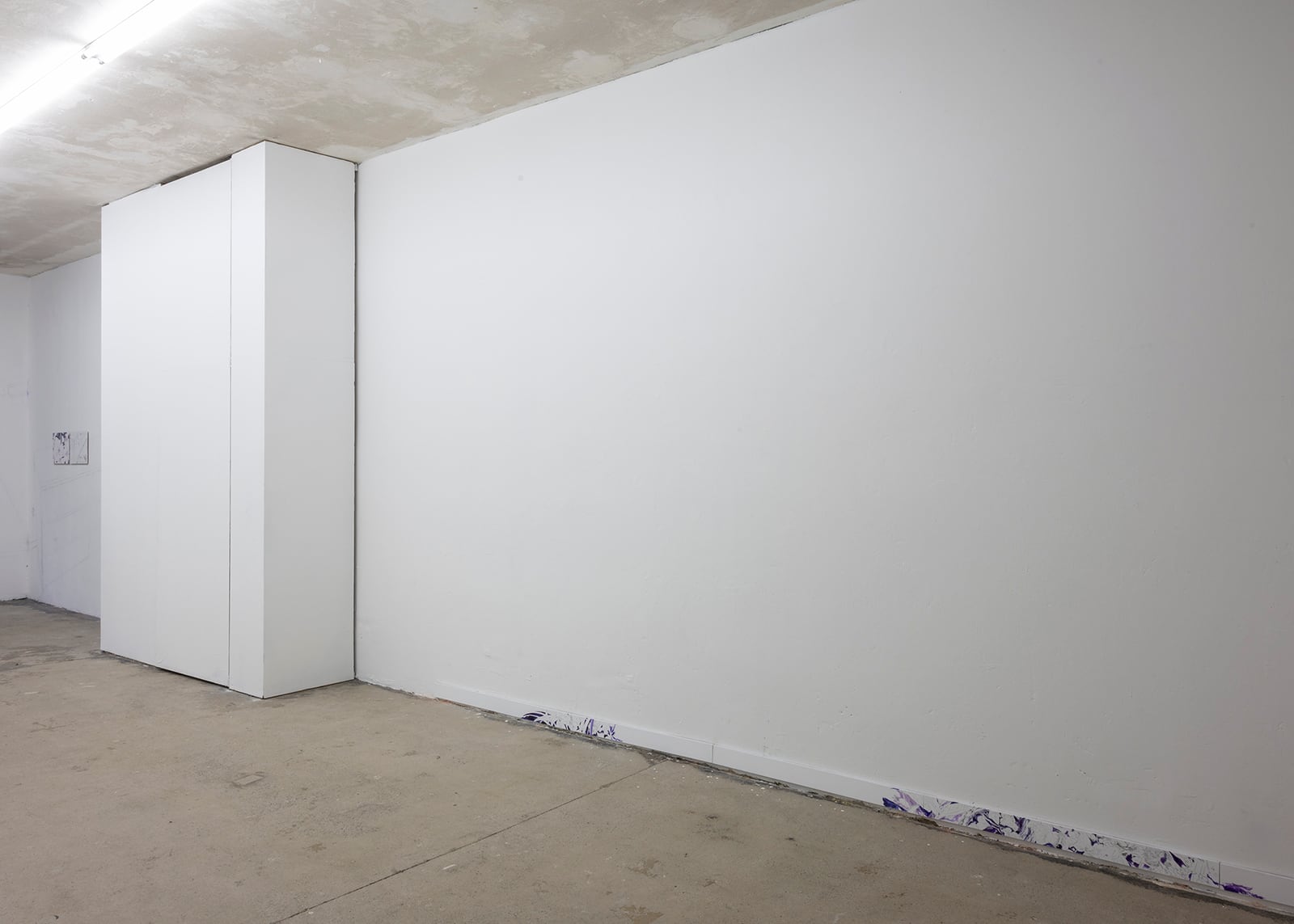 Installation view
Installation view
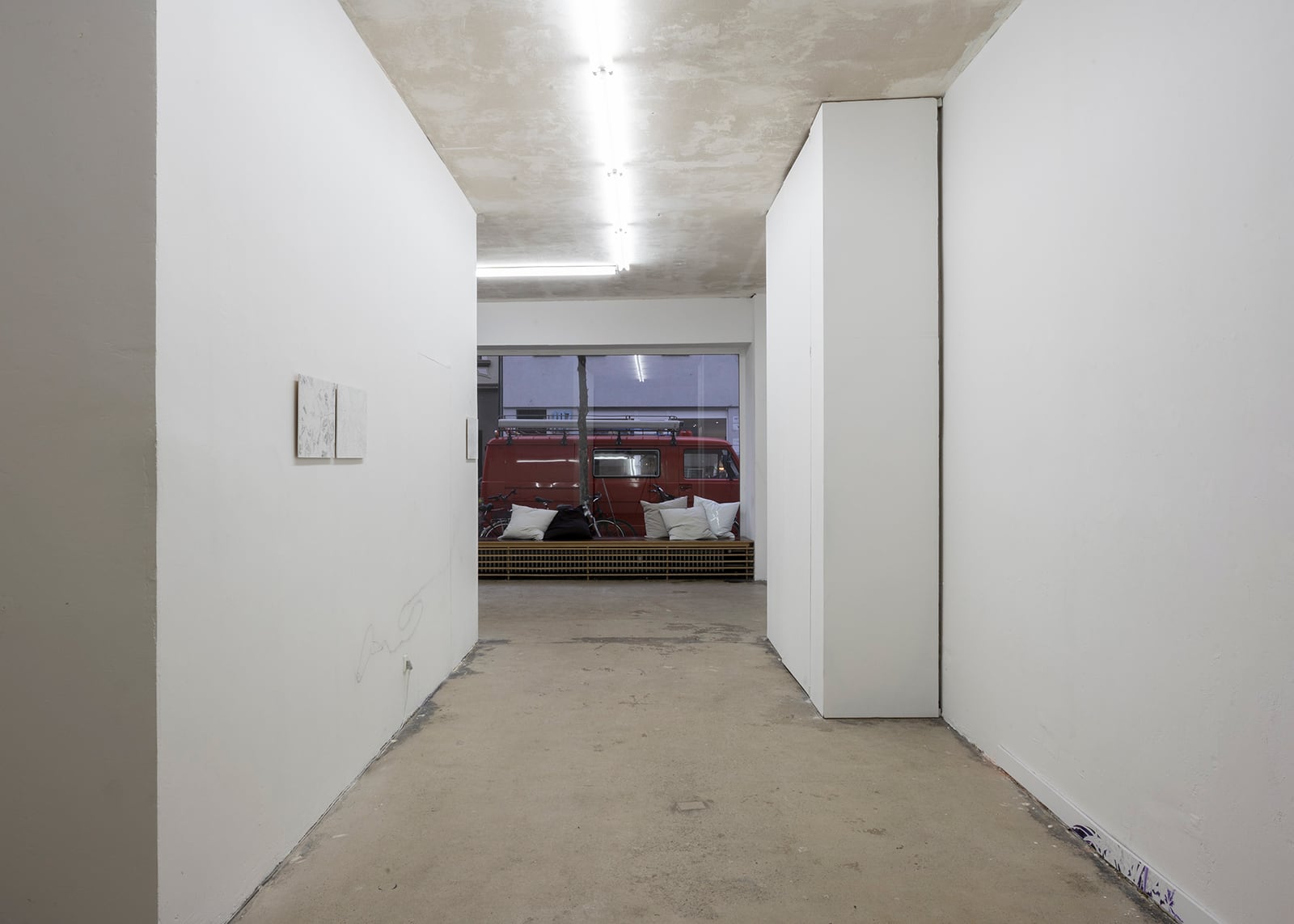 Installation view
Installation view
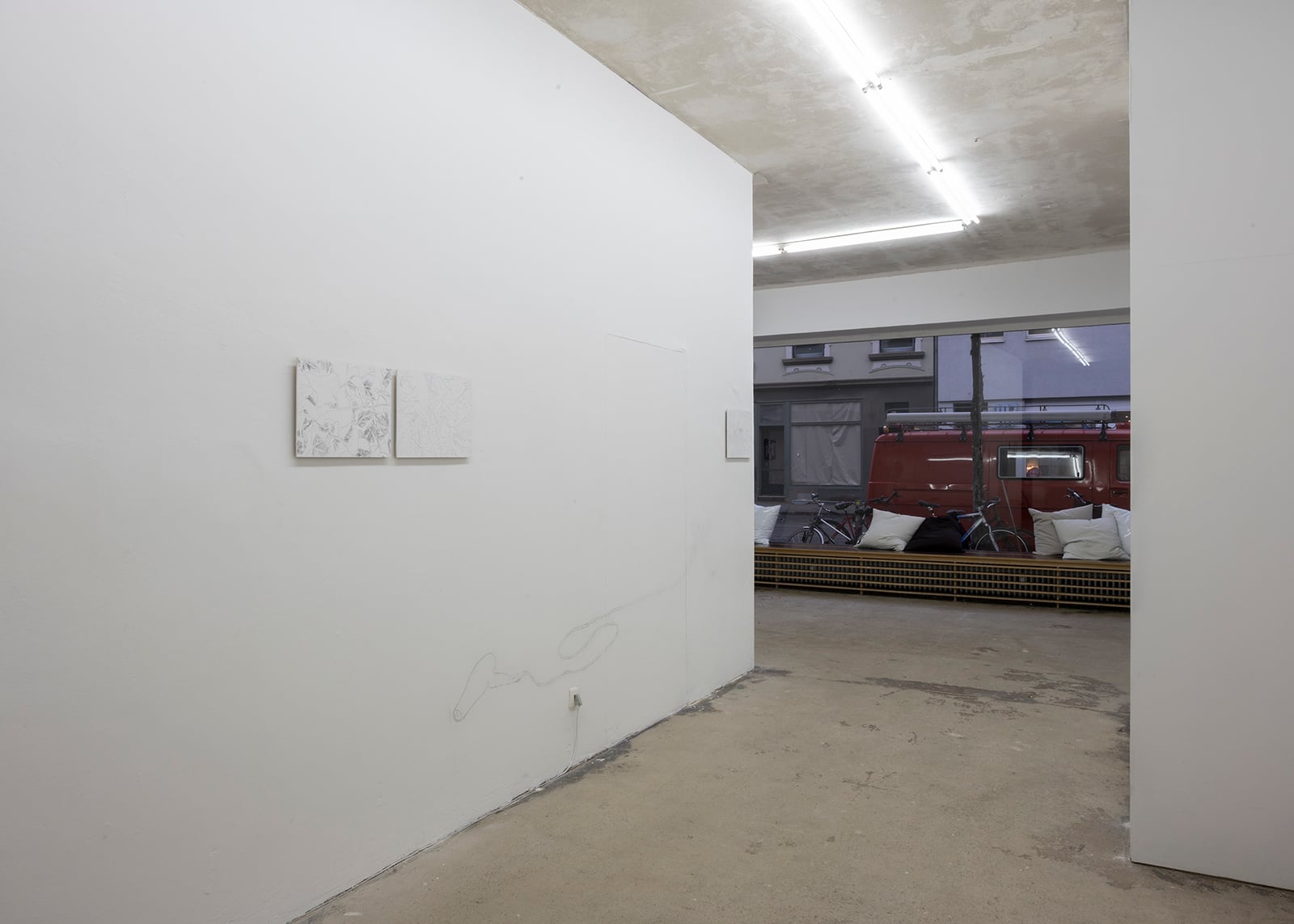 Installation view
Installation view
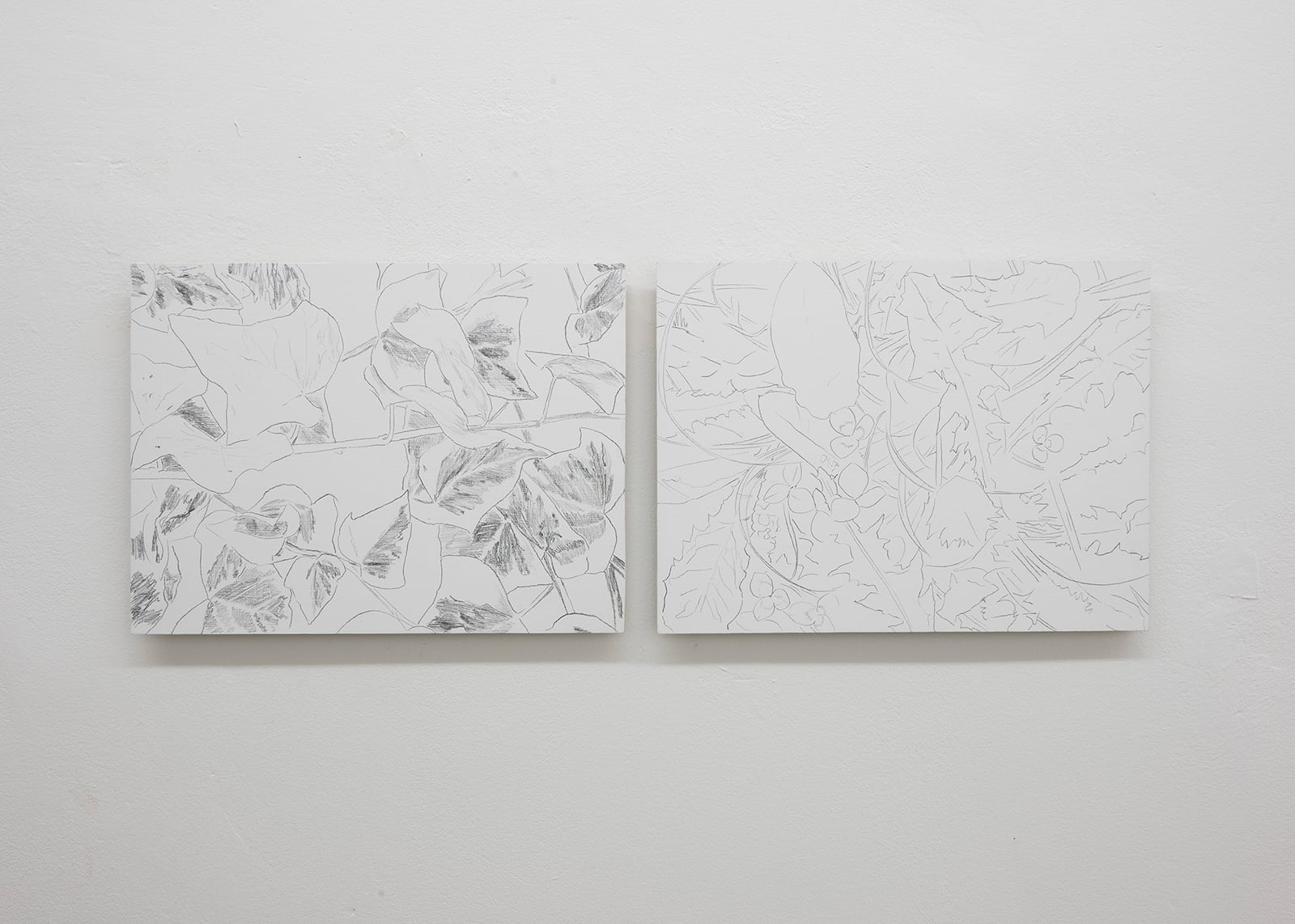 Elisa Barrera, Evergreen, 2021, Pencil on wooden plate 30 x 40 cm / Rasenstück, 2021, Pencil on wooden plate 30 x 40 cm
Elisa Barrera, Evergreen, 2021, Pencil on wooden plate 30 x 40 cm / Rasenstück, 2021, Pencil on wooden plate 30 x 40 cm
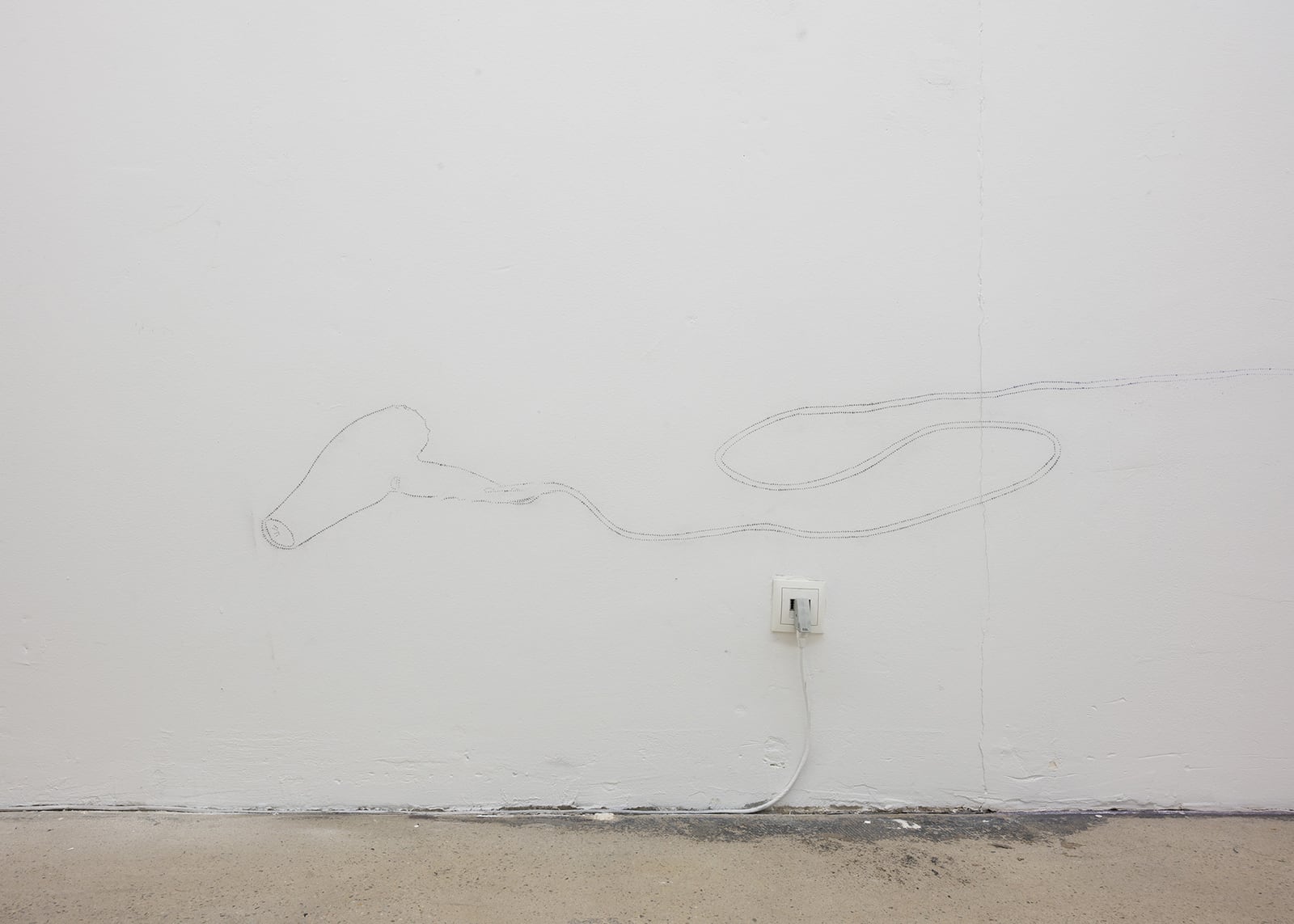 Elisa Barrera, Untitled, 2021, (detail) Coal, pigments Dimensions variable
Elisa Barrera, Untitled, 2021, (detail) Coal, pigments Dimensions variable
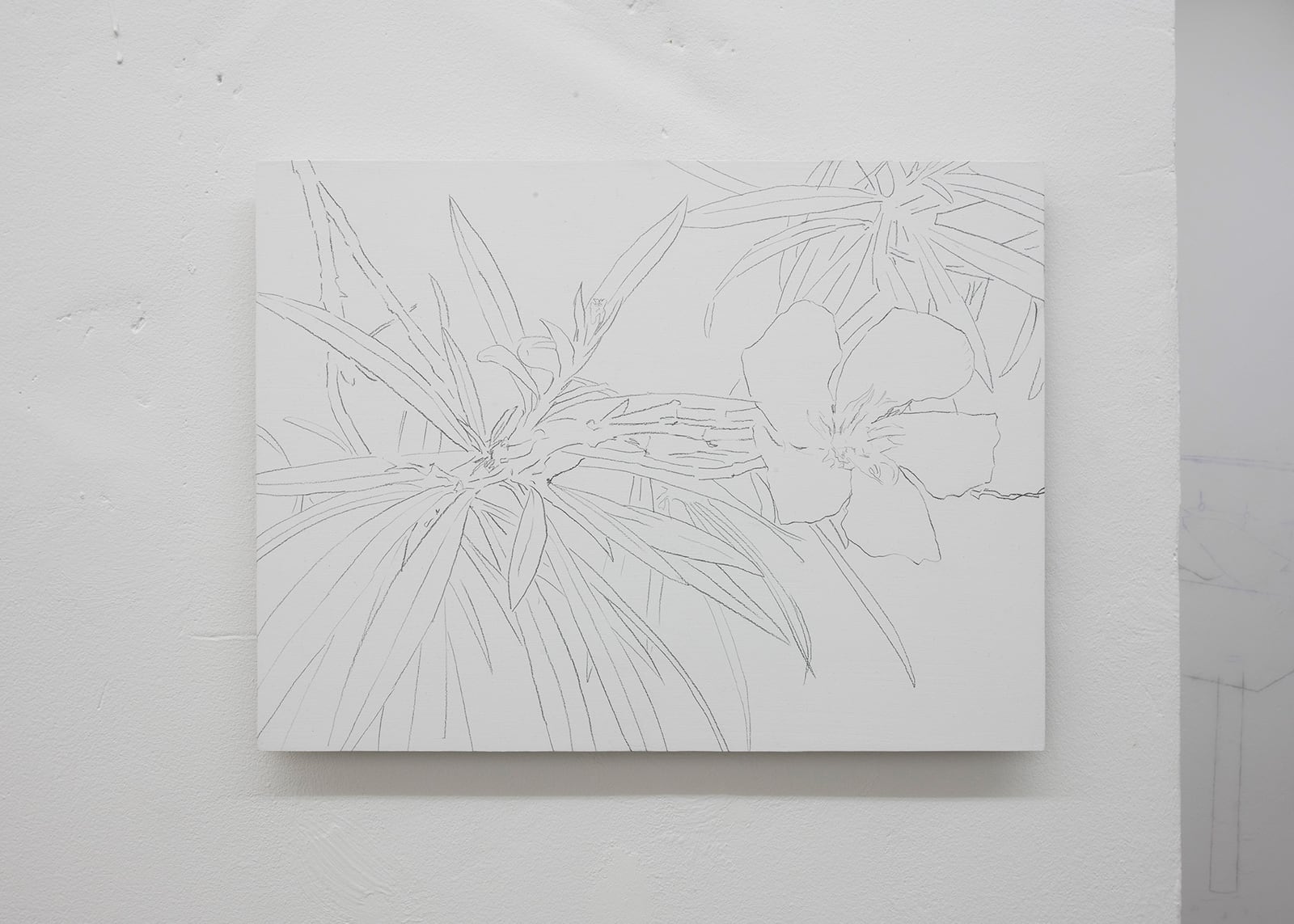 Elisa Barrera, Dehor degli Angeli, 2021, Pencil on wooden plate 30 x 40 cm
Elisa Barrera, Dehor degli Angeli, 2021, Pencil on wooden plate 30 x 40 cm
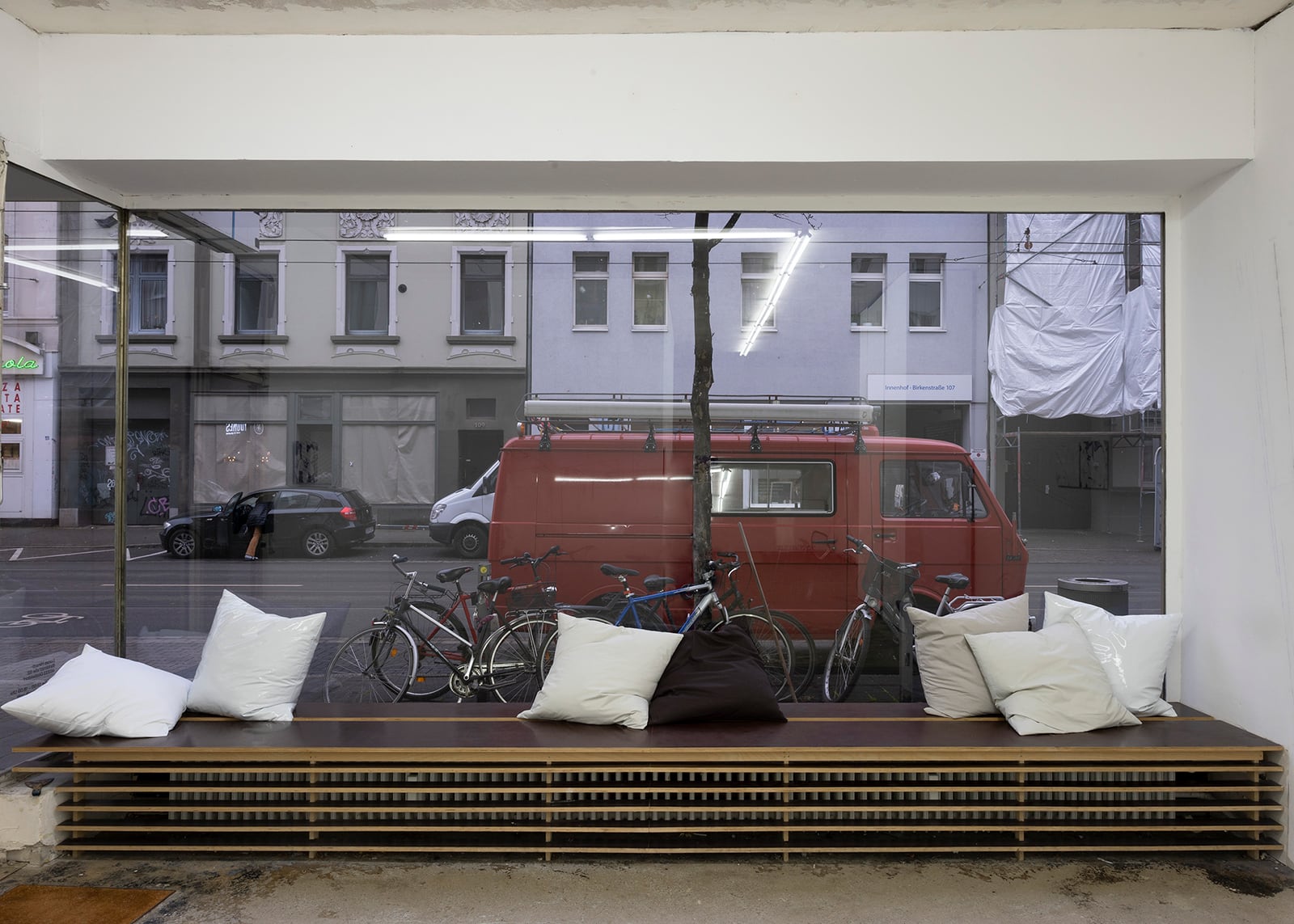 Elisa Barrera, Untitled, 2021, 7 x pillows, fabric rests Each: 65 x 65 cm
Elisa Barrera, Untitled, 2021, 7 x pillows, fabric rests Each: 65 x 65 cm
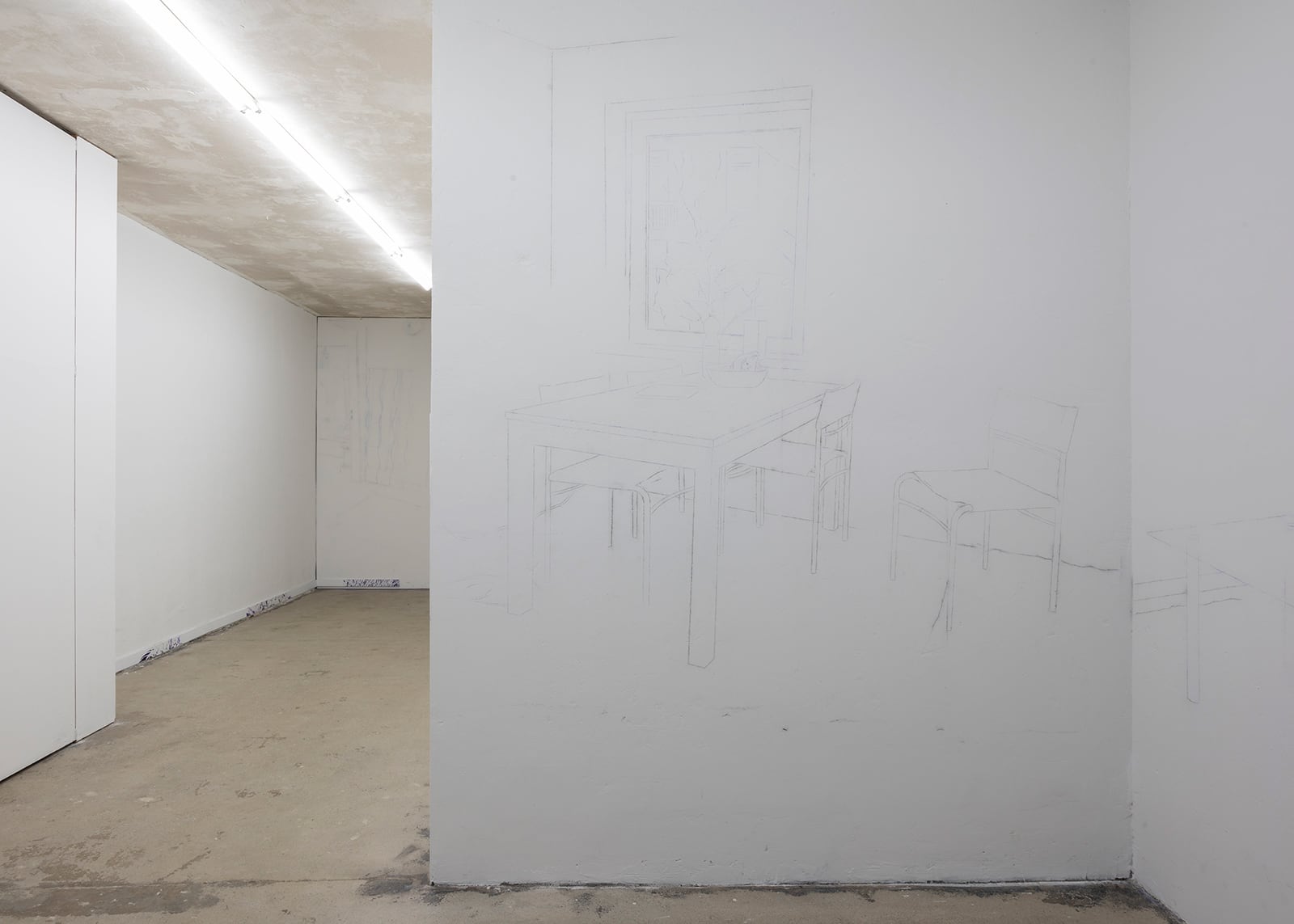 Installation view
Installation view
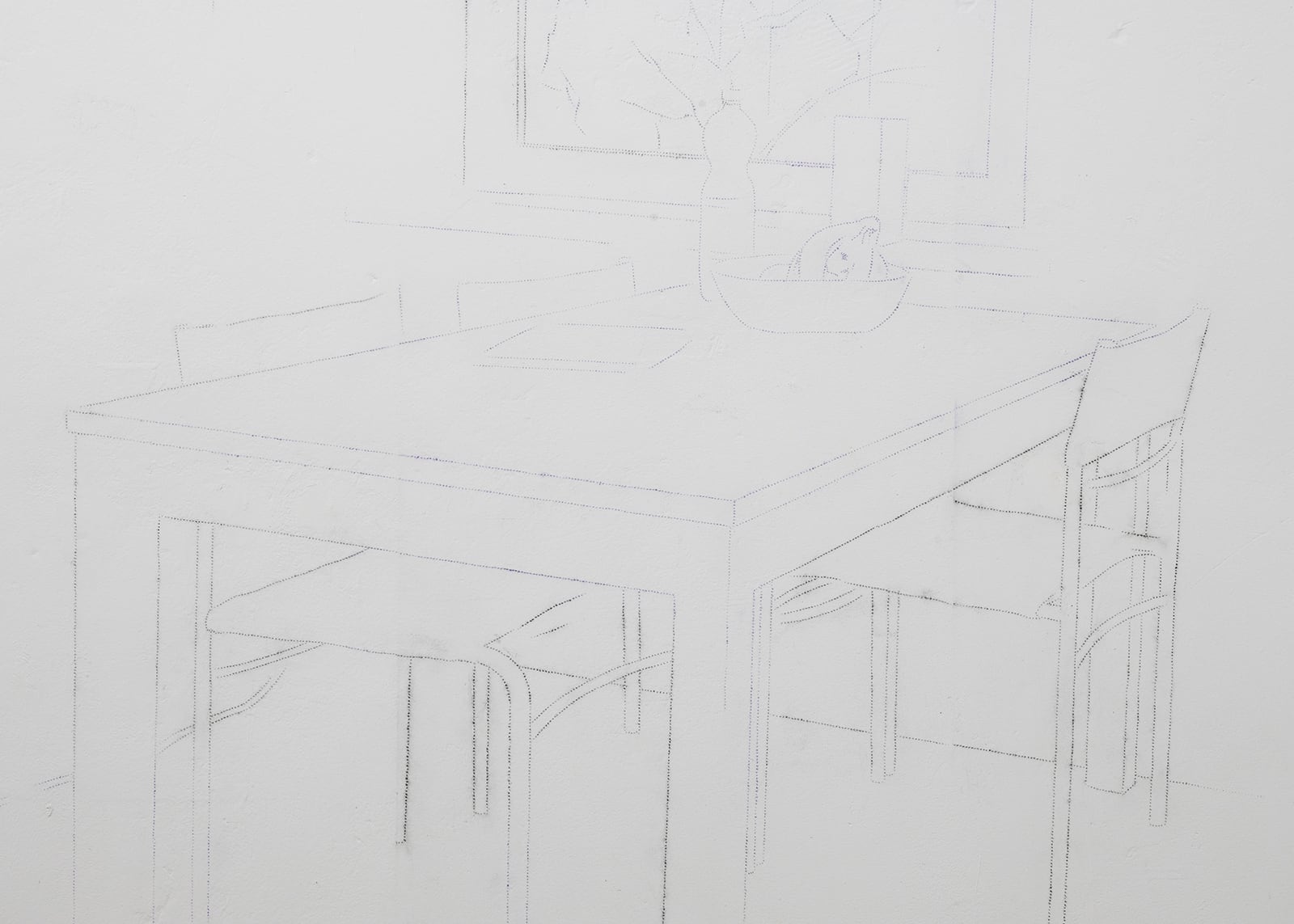 Elisa Barrera, Untitled, 2021 (detail), Coal, pigments Dimensions variable
Elisa Barrera, Untitled, 2021 (detail), Coal, pigments Dimensions variable
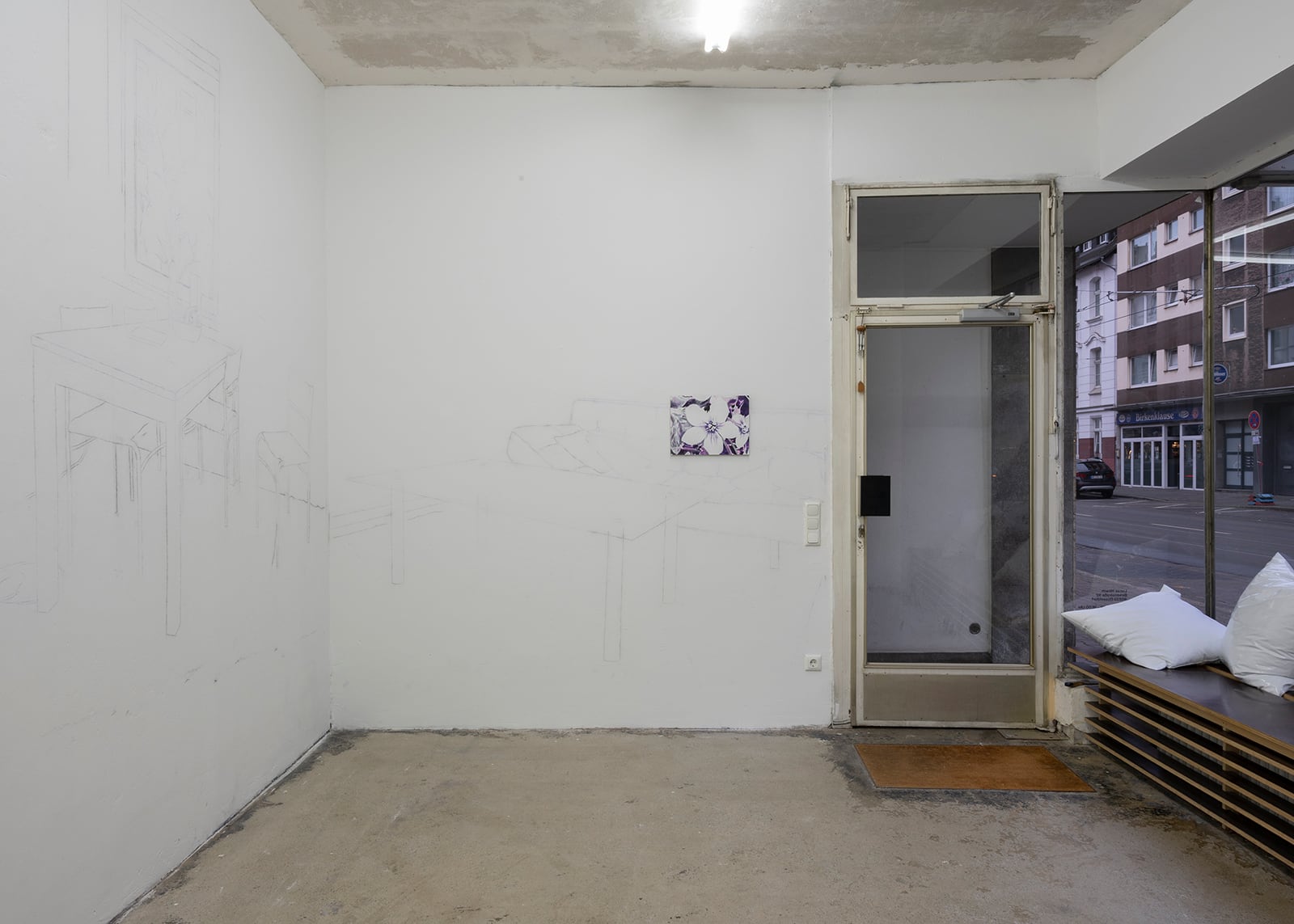 Installation view
Installation view
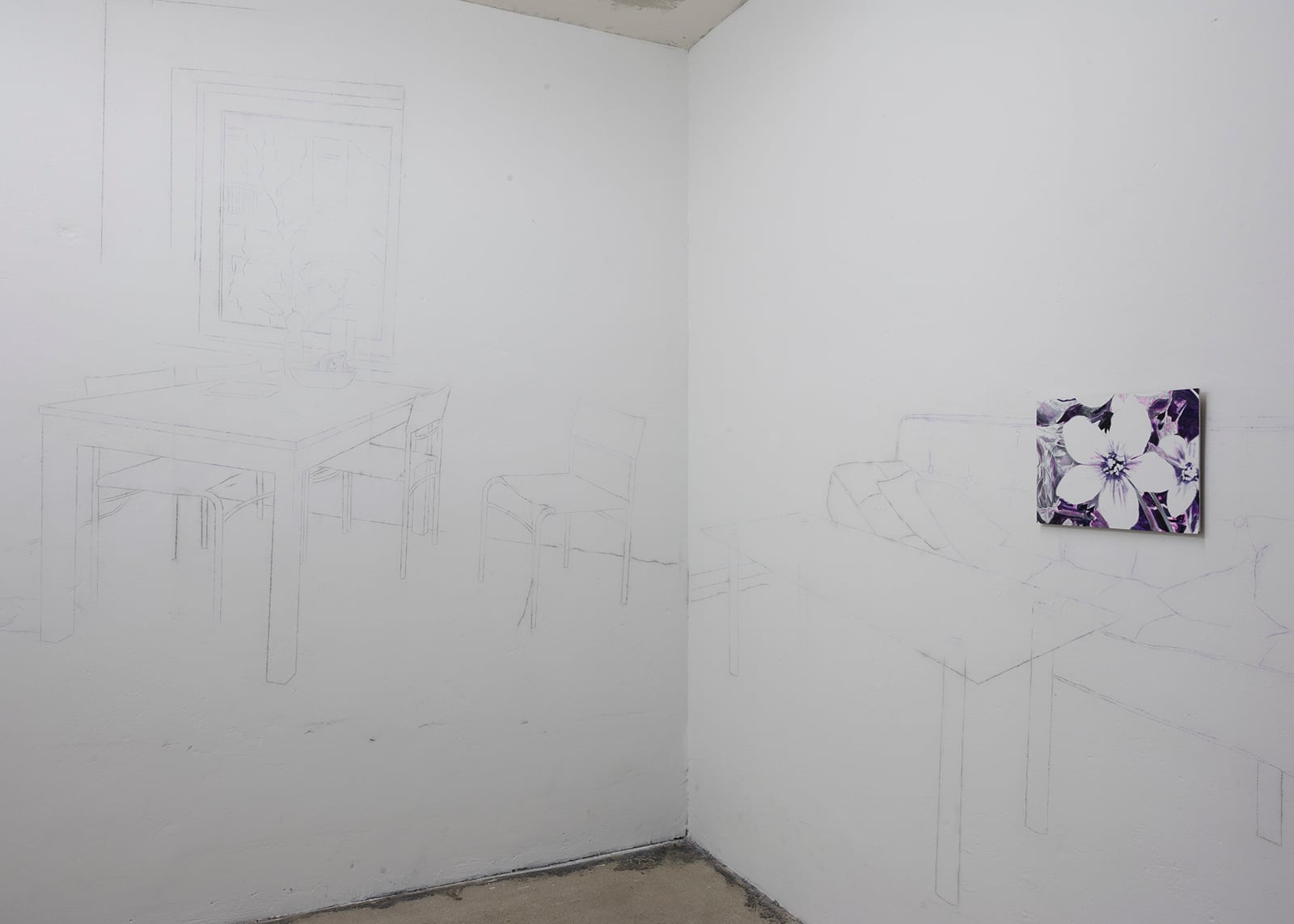 Installation view
Installation view
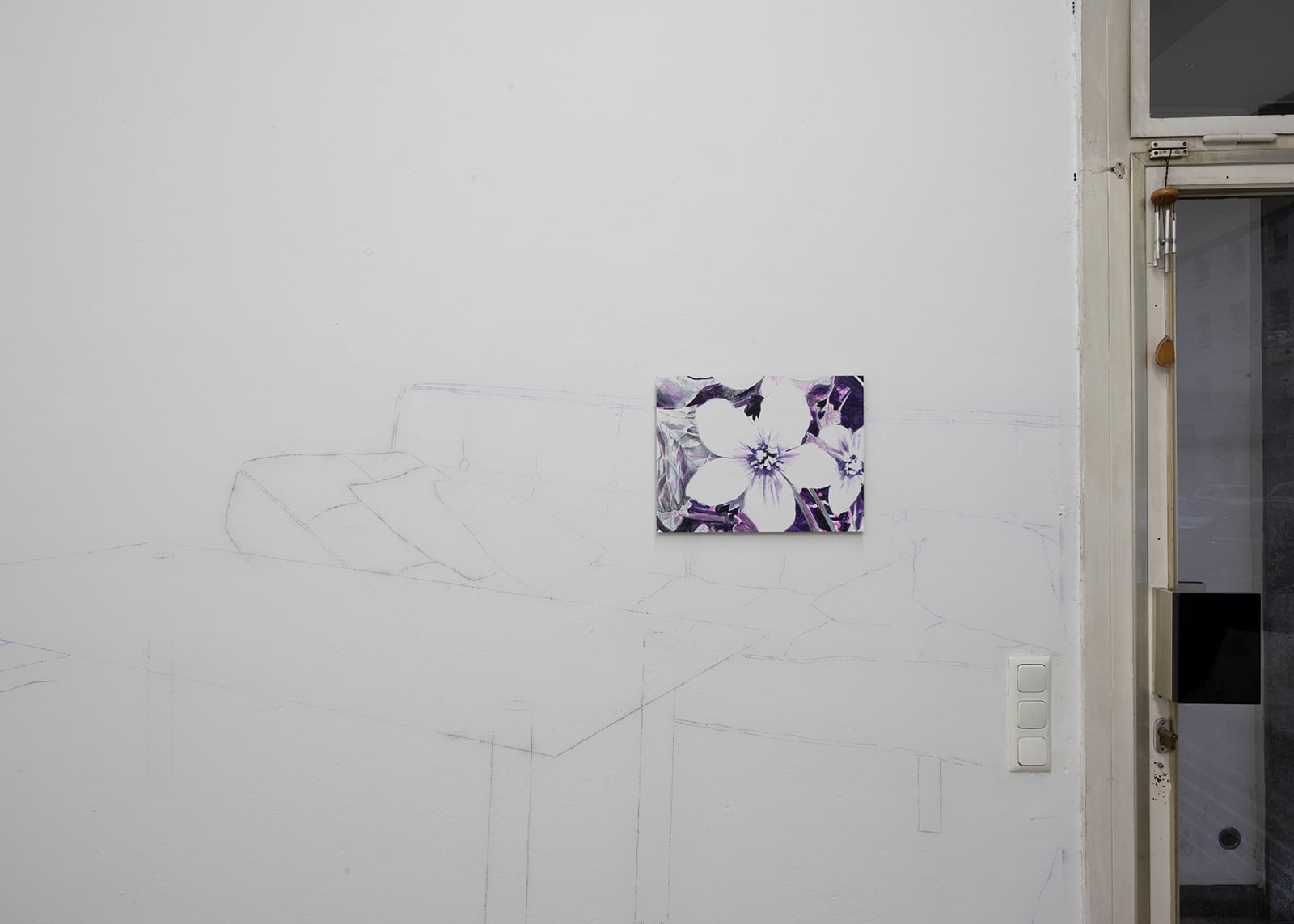 Installation view
Installation view
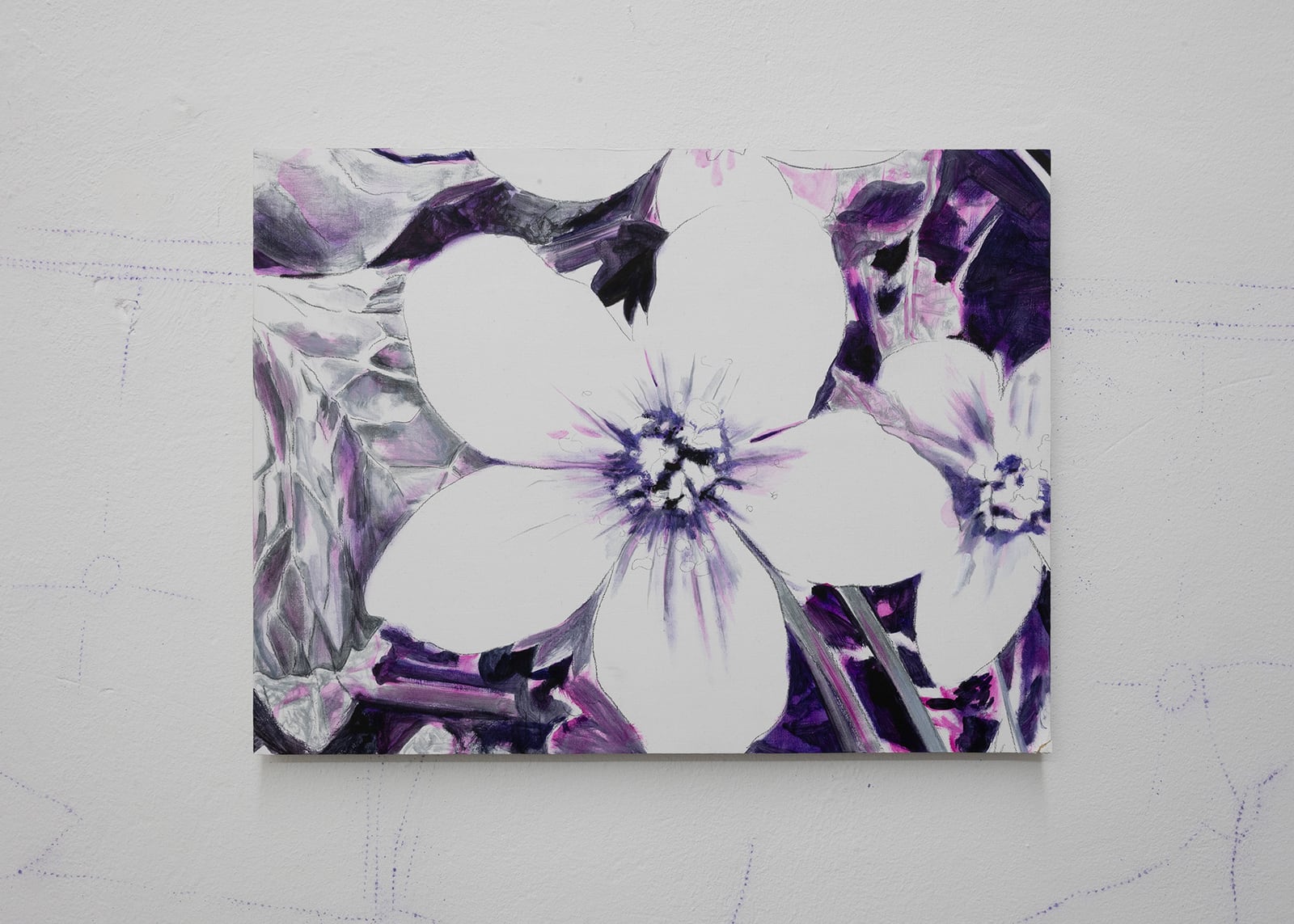 Elisa Barrera, Glance I, 2021, Pencil and oil on wooden plate 30 x 40 cm
Elisa Barrera, Glance I, 2021, Pencil and oil on wooden plate 30 x 40 cm
For her solo exhibition Daybreak at Lucas Hirsch Gallery, Elisa Barrera has assembled nocturnes of different motifs, consisting of flowers, herbs, and a mural to create a space of longing made manifest in the gallery space. The term “nocturne” refers to a genre of painting that depicts nocturnal scenery in natural or artificial light. With its pronounced chiaroscuro, dramatic construction of volume, and use of reflected and refracted light, the nocturne unravels to hypnotic effect. Its beginnings date back to the Renaissance, when the depiction of space and light were being elaborated through painting. Since Romanticism, it has been a genuine theme of art historical inquiry.
Elisa Barrera’s work approaches a state of lucid dreaming, in which memories and events are experienced anew, recaptured through an artistic process that involves copying cell phone photographs and screenshots from video calls. In a “violet, so vehemently damp, as though the complementary color of the sun,” [1] Barrera paints flower motifs that blend elements of still life and nocturne, thereby generating a novel interpretation of both genres. While flowers in still lifes are traditionally depicted as cut, almost wilted, Barrera shows them in peak bloom, shimmering in the twilight. She provides the viewer with studies of herbs and grasses, which she subsumes under the category of weeds. Unlike positively connoted flowers or agriculture, the weed is first grasped through its negation. As an undesired, “plant in the wrong place”, weeds do not require any care. On the contrary, they are evidence of a resilient life script that defies a nature and ecosystem, whose appearance has been shaped by profit-incentive and aesthetic norms. Accordingly, weed also refers to a centuries-long history of feminist and anarchist movements, which appropriated the concept of the weed as a symbol of resistance and expression of the desire to prevail social order.
To strengthen the effect of a visionary projection in Daybreak, Barrera employs in her mural the spolvero technique, which also finds its origin in the Renaissance. Spolvero (from the Italian polvere, powder) is a transfer technique used to make the preliminary sketch for a fresco. The method involves perforating the lines of a drawing on paper and then placing the paper against the wall. The perforated drawing is subsequently dabbed with coal powder until its outline has been transferred to the surface of the work underneath. Barrera does not, however, use this transfer technique to apply a preliminary sketch but rather to implement an enduring condition of incompletion. As is the case with the nocturnes, the wall sketch’s mysterious, pulsating contours are purely intimated but never fully drawn out. This gesture of supposed restraint serves as an invitation to the viewer to settle down on the cushions laid out around the gallery and ponder the brittle and luminous drawings, filling them with their own associations.
Most of Barrera’s installations are preoccupied with both grasping and making visible the realm of art as a social realm. This is to be understood as a painterly intervention that Barrera has variously performed in venues ranging from a club to a Kunstverein but also in the off-space she is running, “Come Over Chez Maliks.” At Lucas Hirsch, the metaphors of habitat and shelter, of outside and inside, of ecological and social systems become interwoven in the attempt to perceive the gallery not only as a space for financial accumulation and distribution but also to emphasize the random gathering and informal exchanges that occur beyond artistic funding within the field of cultural production.
— Florentine Rungrama Muhry
1. Rilke, Rainer Maria. Paul Cézanne - Die Bilder seiner Ausstellung Paris 1907: besucht, betrachtet und beschrieben von Rainer Maria Rilke. Edited by Bettina Kaufmann. Munich: Schirmer/Mosel, 2018.